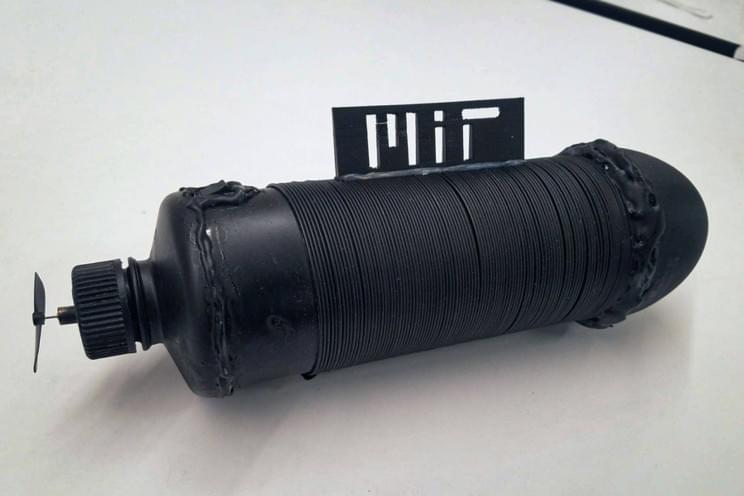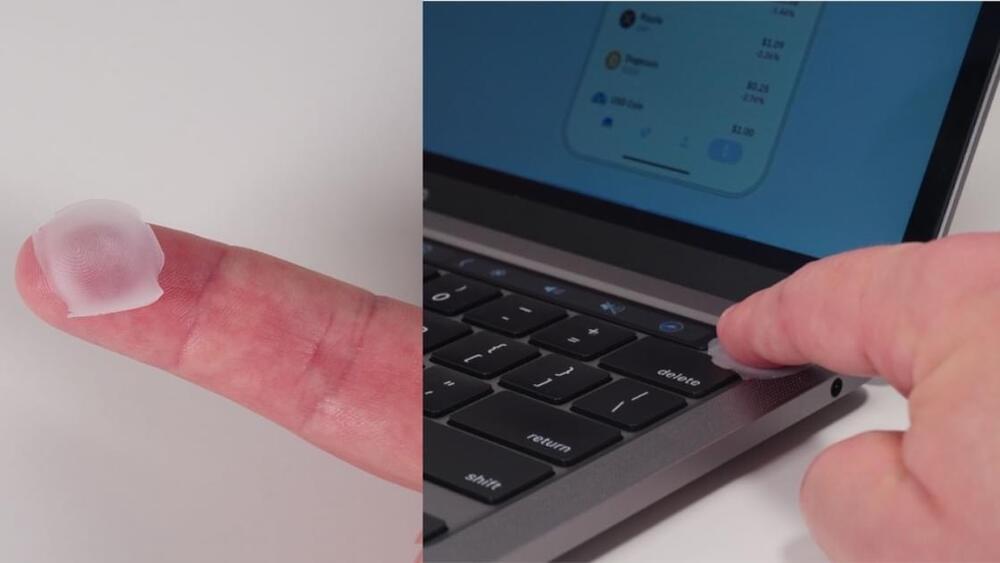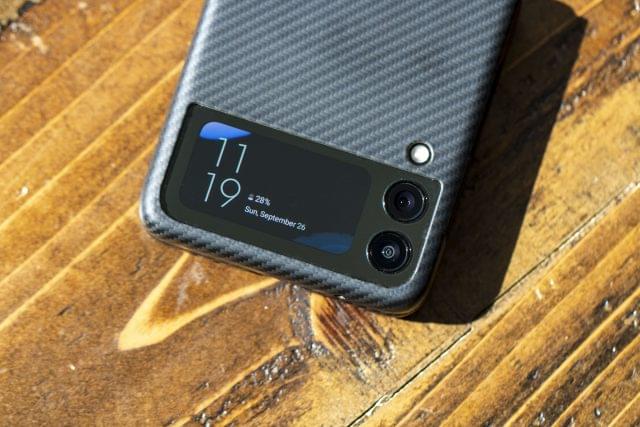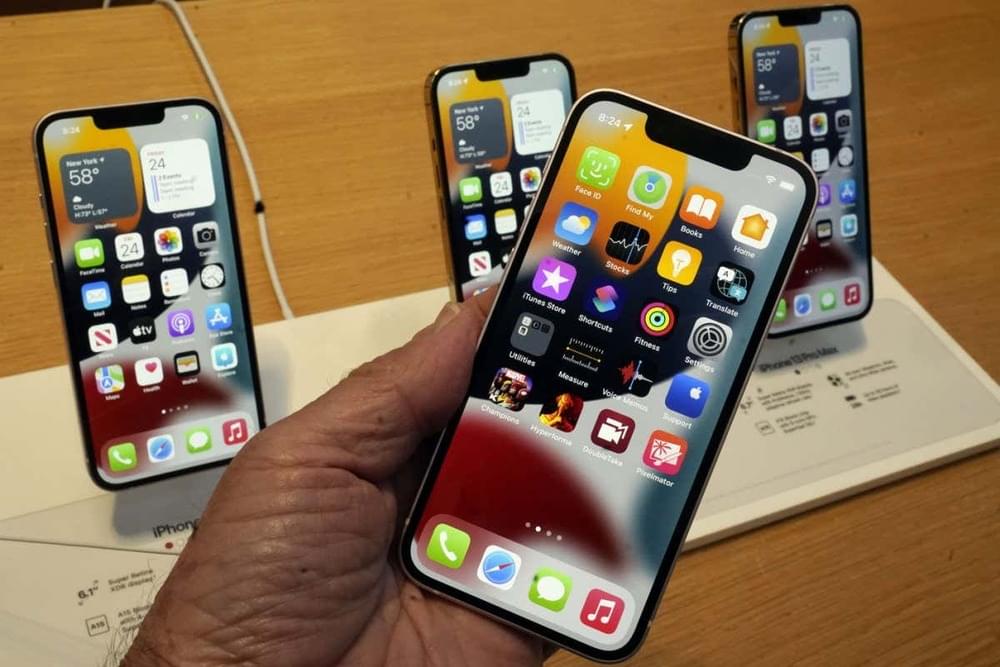The new fiber battery is manufactured using novel battery gels and a standard fiber-drawing system. In a press release issued by MIT, MIT postdoc Tural Khudiyev noted that previous attempts to make batteries in fiber form were structured with key materials on the outside of the fiber. In the latest development, his system embeds the lithium and other materials inside the fiber, with a protective outside coating, creating a stable and waterproof version. He said it demonstrates that it’s possible to make a fiber battery that can be up to a kilometer long and highly durable, having many practical applications. As Khudiyev puts it, “there’s no obvious upper limit to the length. We could definitely do a kilometer-scale length.”
The 140-meter fiber produced can charge smartwatches or phones, with an energy storage capacity of 123 milliamp-hours.
“The beauty of our approach is that we can embed multiple devices in an individual fiber,” said former MIT postdoc Jung Tae Lee. The team had exhibited the integration of LED and Li-ion batteries in a single fiber, and Lee believes that more than three or four devices can be combined in such a small space in the future. “When we integrate these fibers containing multi-devices, the aggregate will advance the reaggregate of a compact fabric computer,” he added.








